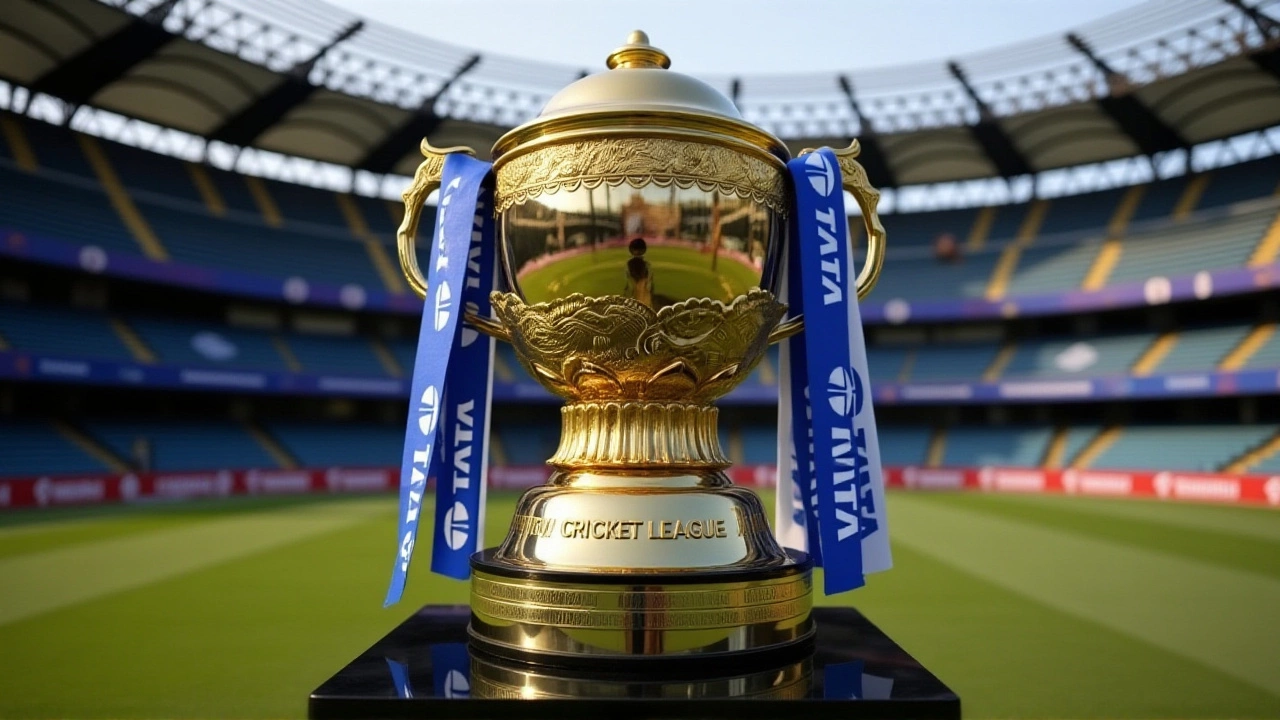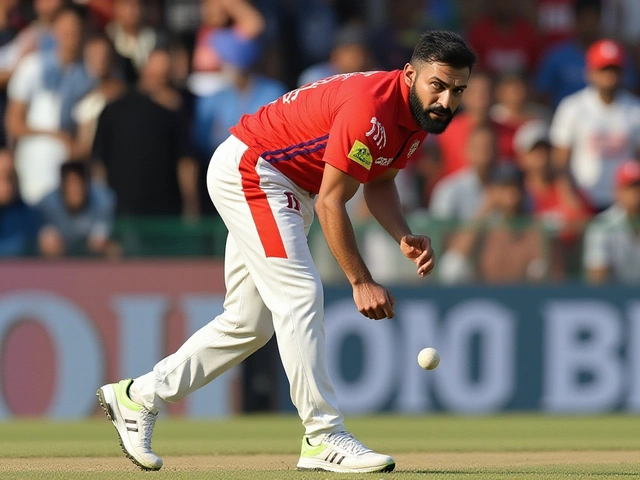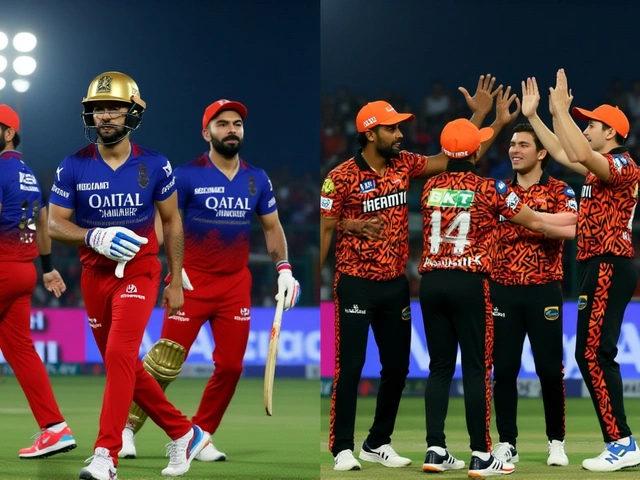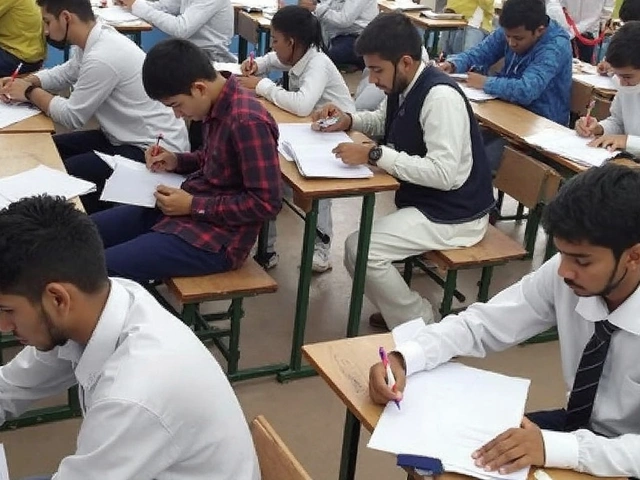When Shaun Tait, the ferocious Australian fast bowler, launched a delivery at 157.71 km/h for the Rajasthan Royals against Delhi Daredevils in 2011, the IPL world was left gasping.
The speed clock still sits atop the league’s record books as of 2024, but a new generation of pace monsters is knocking on the door, eager to rewrite the numbers. From New Zealand’s thunderous Lockie Ferguson to India’s own Umran Malik and the up‑and‑coming Mayank Yadav, the race for the fastest ball has become the IPL’s newest headline.
How the Record Was Set: Shaun Tait’s 2011 Blast
Back in the 2011 season, the 27‑year‑old Tait was plying his trade for the Rajasthan Royals based in Jaipur. During a high‑stakes clash against the Delhi Daredevils at the Wankhede Stadium, his final over turned into a speed showcase. Radar guns registered a jaw‑dropping 157.71 km/h (98 mph), a figure that beat the previous benchmark by a respectable margin.
Why did it matter? In the fast‑scoring T20 format, a wicket taken with that kind of velocity can shatter a batting side’s confidence instantly. Tait’s sheer aggression, honed from his stint in Australian domestic cricket, gave him a reputation of delivering ‘death‑bowls’ that were as much a psychological weapon as a physical one.
The Current Top Five Speedsters in IPL
Fast forward to the 2024‑2025 window, and the leaderboard looks like this:
- Shaun Tait – 157.71 km/h (Rajasthan Royals, 2011)
- Lockie Ferguson – 157.3 km/h (Gujarat Titans, 2022)
- Umran Malik – 157 km/h (Sunrisers Hyderabad, 2022)
- Anrich Nortje – 156.22 km/h (Delhi Capitals, 2020)
- Mayank Yadav – 155.8 km/h (Lucknow Super Giants, 2024)
The list mixes seasoned internationals with home‑grown talent, reflecting how IPL franchises now invest heavily in raw pace. While Tait’s record still stands, the margin is razor‑thin. Ferguson’s 157.3 km/h came in a crucial death over for the Gujarat Titans at the Saurashtra Cricket Association Stadium, rattling the opposition’s final chase.
Malik’s 157 km/h burst, recorded at the Rajiv Gandhi International Stadium in Hyderabad, was a turning point for India’s fast‑bowling narrative. It proved that Indian pacers could finally match the sheer velocity of their overseas counterparts, a feat previously considered a rarity.
Indian Pace Surge: Umran Malik and Mayank Yadav
India’s cricketing DNA has traditionally been woven with spin threads. Yet in the last three seasons, two names have emerged as genuine pace firebrands. Umran Malik, the lanky teenager from Jammu & Kashmir, debuted for Sunrisers Hyderabad in 2020. By 2022, he was clocking 157 km/h, a speed that left even senior bowlers blinking.
Meanwhile, the young Lucknow Super Giants paceman Mayank Yadav broke new ground in 2024, becoming the first Indian bowler to consistently breach the 155 km/h barrier. His two deliveries above 155 km/h in the same season earned him the moniker “Speedster Yadav” among fans.
Both bowlers have earned spots in the national squad, which signals a broader shift. The Board of Control for Cricket in India (BCCI) now runs specialized speed‑development camps, an initiative sparked by the IPL’s emphasis on raw pace.
Why Speed Matters in Modern T20
Speed isn’t just a vanity metric; it’s a tactical asset. A bowler who can breach the 150 km/h mark forces batsmen to adjust timing, often resulting in mistimed shots or defensive play. In the IPL’s churning 20‑over format, a single fast‑ball wicket can swing the momentum dramatically.
Experts like former Australian pacer Mitchell Starc have argued that “velocity paired with smart variations makes a bowler almost unplayable in the death overs.” The data backs this up: during the 2022 season, teams with a bowler clocking over 155 km/h enjoyed a 12% lower average run rate in the final five overs compared to those relying solely on medium‑pace.
Psychologically, the sheer sight of a ball flying at near‑jet‑engine speeds can rattle a batsman’s confidence. That’s why franchises pour money into biomechanical analysis, radar‑gun tech, and even high‑speed video review to fine‑tune every release point.
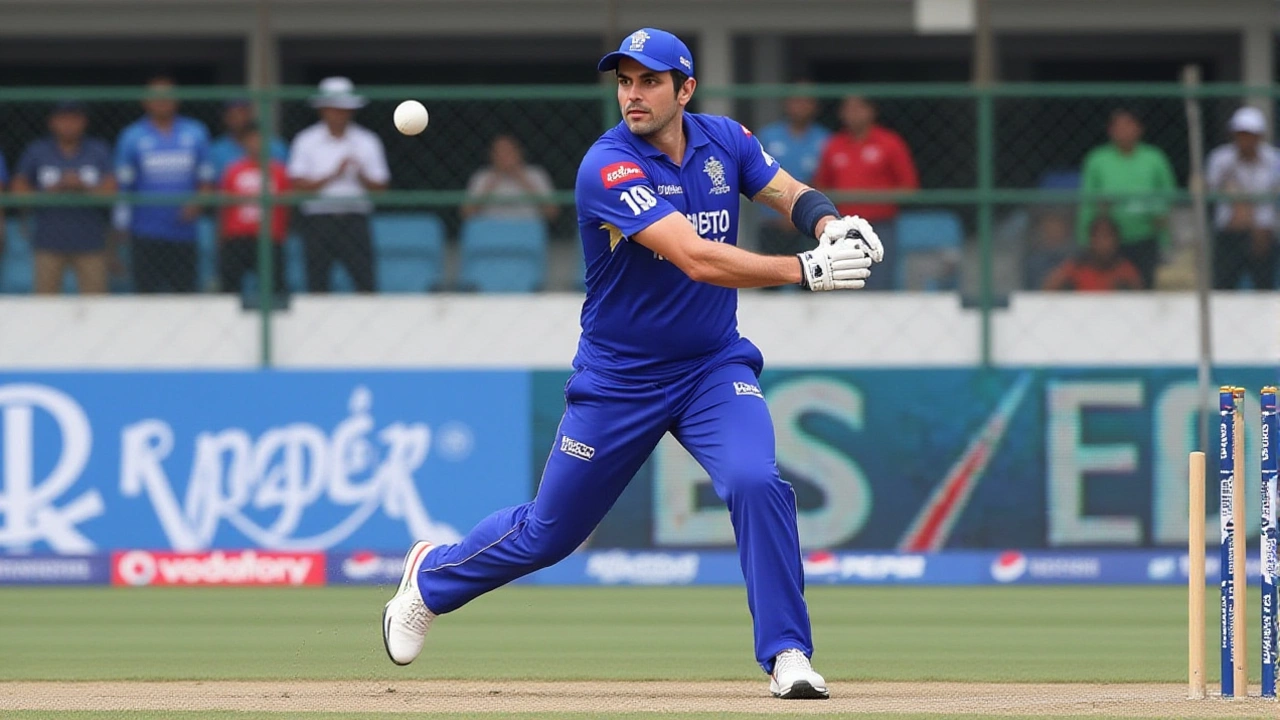
Looking Ahead: Who Could Break the Record?
The next IPL season promises to be a thriller. South African sensation Gerald Coetzee logged 157.4 km/h for the Mumbai Indians in 2024, slotting him just behind Tait. If he repeats or improves, the Australian’s record could tumble.
On the Indian front, a burgeoning pool of speed prospects – like Punjab’s Arshdeep Singh (though his recorded IPL speed tops at 149 km/h, his upward trajectory is notable) – suggests that the domestic talent pipeline is not drying up.
Ultimately, breaking Tait’s 157.71 km/h benchmark will require a perfect storm: a bowler at peak physical condition, a supportive franchise, and the right pitch conditions that allow the ball to carry without sacrificing accuracy.
Key Facts
- Fastest IPL delivery: 157.71 km/h by Shaun Tait (2011).
- Second fastest: 157.3 km/h by Lockie Ferguson (2022).
- First Indian to breach 155 km/h consistently: Mayank Yadav (2024).
- World record for any cricket delivery: 161.3 km/h by Pakistan’s Shoaib Akhtar (2003 World Cup).
- IPL franchises now employ high‑tech speed labs to nurture pace talent.
Frequently Asked Questions
How close is anyone to breaking Shaun Tait’s IPL speed record?
Gerald Coetzee’s 157.4 km/h for Mumbai Indians in 2024 sits just 0.31 km/h shy of Tait’s mark, making him the front‑runner. Lockie Ferguson and Umran Malik are also within a half‑kilometre per hour, so a new record could fall as early as the next IPL season if conditions align.
Why is speed becoming more important in the IPL than before?
T20 cricket’s short format rewards anything that can disrupt a batsman’s rhythm. High speed forces quicker decision‑making, often leading to mistimed shots or wickets in the death overs, which can decide a match by a few runs.
What impact have Indian fast bowlers like Umran Malik had on the national team?
Both Malik and Mayank Yadav have earned call‑ups to the senior Indian squad, giving the team a genuine fast‑bowling option for overseas tours where pace-friendly pitches are common. Their presence also pushes traditional Indian spinners to add variations.
How do franchises develop such high‑velocity bowlers?
Franchises now run dedicated speed labs equipped with radar‑guns, biomechanical assessments, and strength‑conditioning programs. Young bowlers undergo regular monitoring to tweak run‑up length, wrist position, and release angle, aiming to add a kilometre per hour without sacrificing control.
Will the emphasis on pace affect the role of spin in the IPL?
Spin will remain crucial, especially on slower sub‑continental pitches. However, teams now seek a balanced attack – a roaring fast bowler to unsettle the top order and a crafty spinner to control the middle overs.
